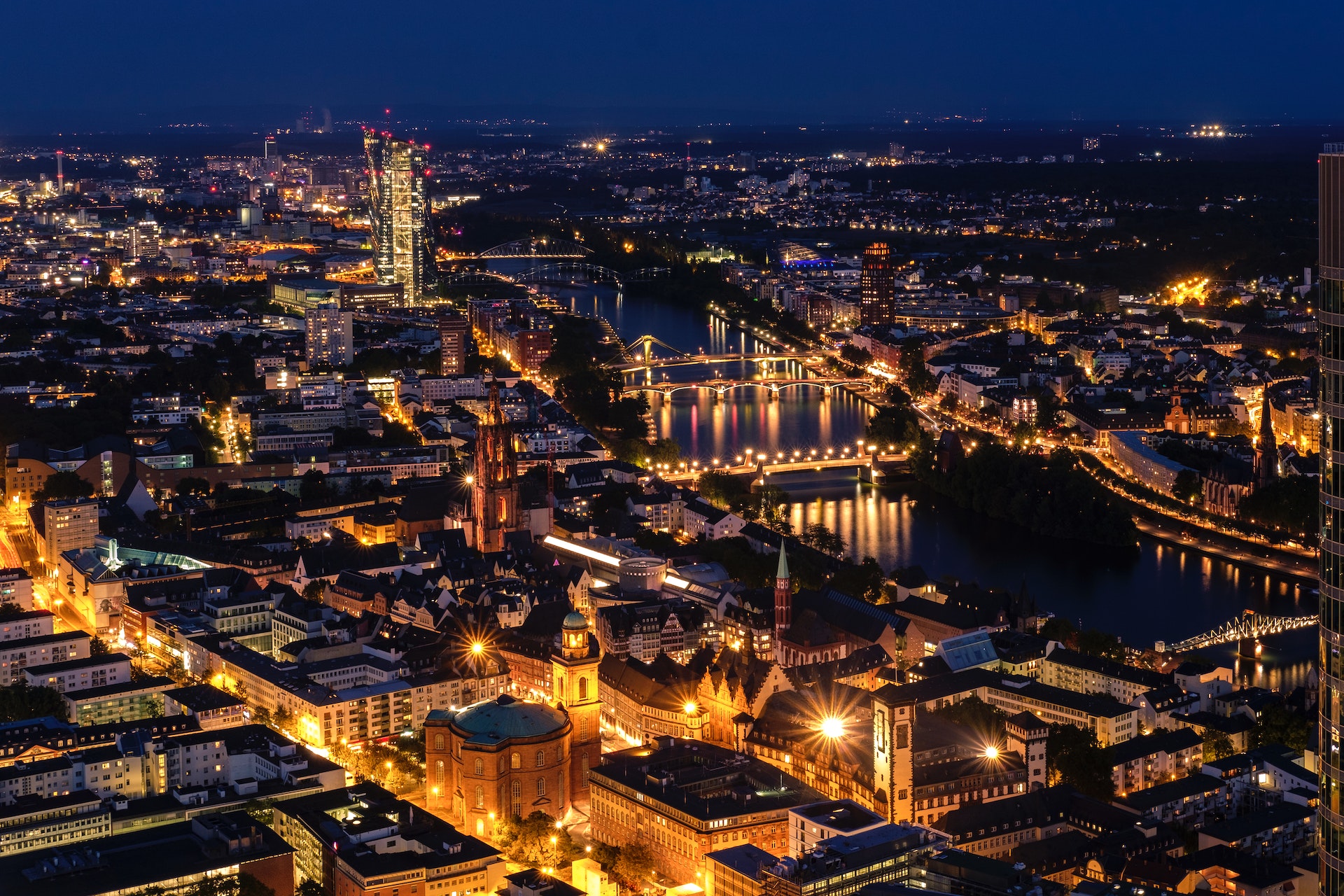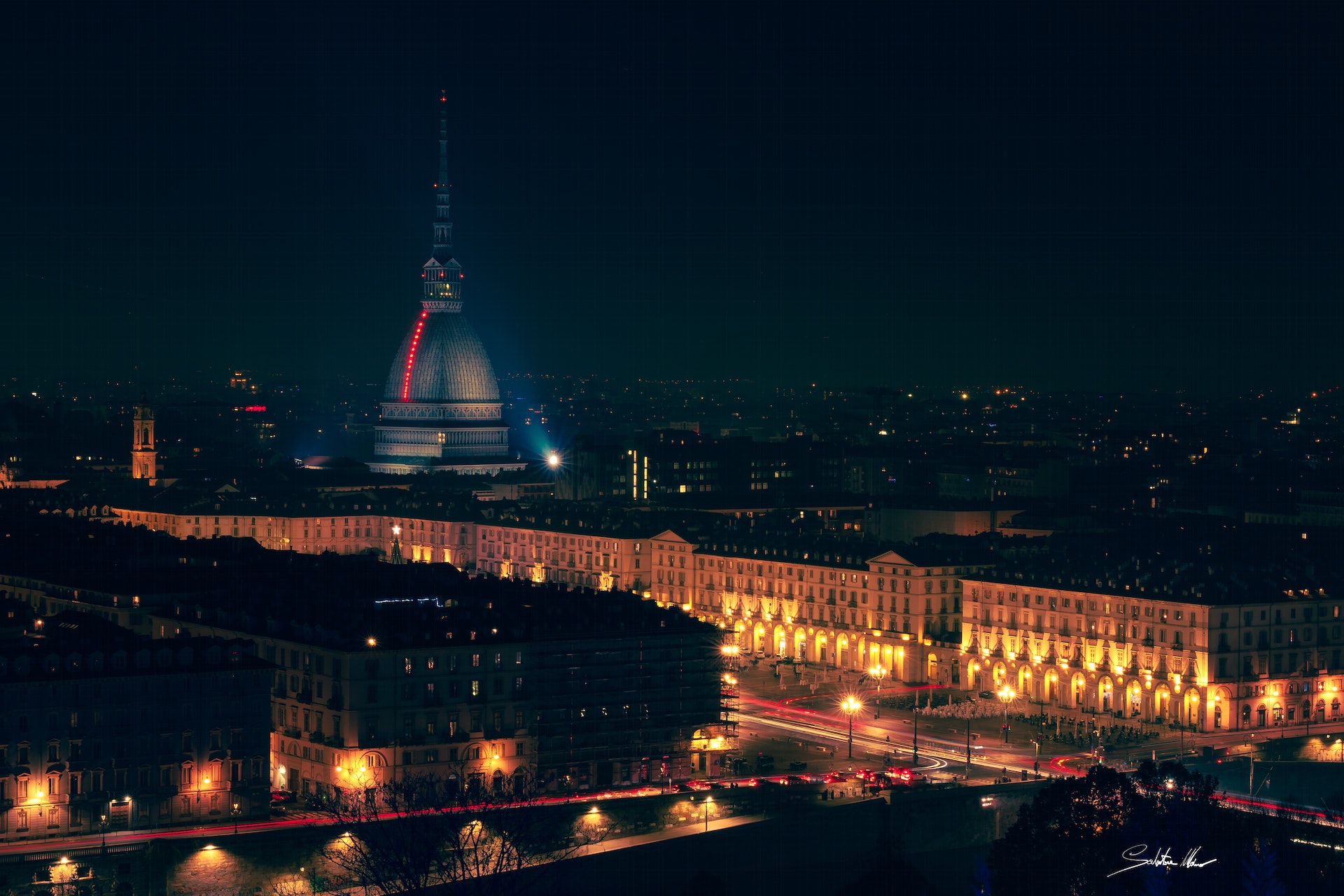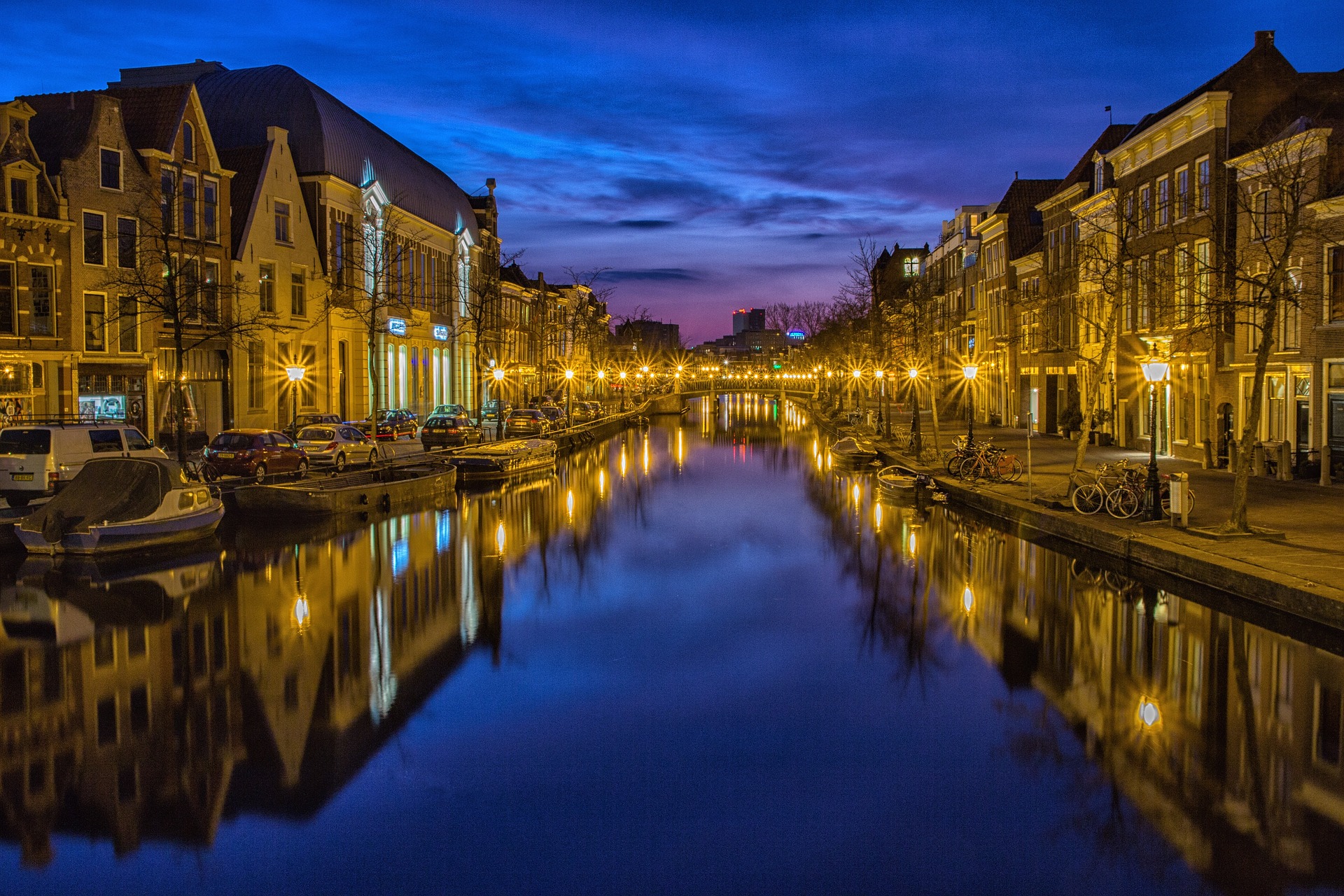Passion of the People – 1.5.3
The New Awareness of Light Pollution
and the Recognition of the Importance of the Dark Sky
These days, we don’t look at the sky. Experts tell us about the weather, about NASA and its progress and they show us an impressive telescope photo of the universe and its many galaxies. The problem is that we don’t take a time to look at the sky to learn about this fantastic world.
Global warming and different types of pollution are becoming more and more known around the world. However, light pollution is not mentioned. Human societies have all become artificial and light pollution is one of the consequences. As a result, when you are in a big city, it is now impossible to see the stars. Light pollution affects our perception but also the environment and biodiversity. For example, artificial lighting affects species migration patterns, predator-prey relationships, and the circadian rhythms of many organisms.
In her Nat Geo story Nadia Drake wrote about electric lights and their unexpected negative effect on wildlife and human health: “Arguably, the light bulb is the most transformative invention humans have introduced to this planet. […] But if light bulbs have a dark side, it’s that they have stolen the night. The excess light we dump into our environments is endangering ecosystems by harming animals whose life cycles depend on dark. […] And in a primal sense, we’ve lost our connection to night-time skies, the tapestries into which our ancestors wove their star-studded stories, timed the planting and harvesting of crops, and deduced the physical laws governing the cosmos.”
There is a growing list of official Dark Sky Preserves that provide ideal settings for stargazing. More and more cities, towns and regions are working to preserve their night skies, to support light-sensitive wildlife populations, to ensure that their residents have access to dark skies, and to enhance their tourism industry. The International Union for Conservation of Nature (IUCN) has recently recognized the importance of natural darkness to “nature conservation, to ecological integrity of protected areas, and to the sustainability of healthy lives in healthy cities”. People recognise that the dark sky and stars are a real source of both knowledge and interest and that it is important to consider them as a tool to understand the world around us. Natural darkness is also important to satisfy our curiosity, appreciate our environment and preserve our diverse cultural integrity. Humans observe the sky since the beginning of its creation. In the history, there have been more and more advances. It’s indispensable to protect this heritage and to connect present and future generations to the sky, for example through tourist activities.


Further Resources
Links below will redirect you to external websites. In accordance with the European data protection declarations, we would like to point out that by clicking on these links you may send data to external providers. We cannot prevent that.
Videos
![]() Where Are the Stars? See How Light Pollution Affects Night Skies
Where Are the Stars? See How Light Pollution Affects Night Skies
![]() The First Starlight Tourism Destination in the World
The First Starlight Tourism Destination in the World
 Cos’è l’inquinamento luminoso? | Ambiente | RSI EDU – RSI EDU
Cos’è l’inquinamento luminoso? | Ambiente | RSI EDU – RSI EDU
 AstroTrekking ed Esperienze Astronomiche in Trentino in Val di Sole – Astronomitaly
AstroTrekking ed Esperienze Astronomiche in Trentino in Val di Sole – Astronomitaly
Online Resources
 Inquinamento luminoso, cause e conseguenze – LIFEGATE
Inquinamento luminoso, cause e conseguenze – LIFEGATE
 Dove sono i cieli più bui da cui osservare le stelle – I viaggi di Fois
Dove sono i cieli più bui da cui osservare le stelle – I viaggi di Fois
 I cieli bui della Valle Grana all’attenzione dell’UNESCO – CieloBuio
I cieli bui della Valle Grana all’attenzione dell’UNESCO – CieloBuio
 Mappe dello stato del cielo in Italia – Light Pollution in Italy
Mappe dello stato del cielo in Italia – Light Pollution in Italy
Further Readings
Teaching Materials
 L’inquinamento spiegato ai bambini: tante idee creative – FILA
L’inquinamento spiegato ai bambini: tante idee creative – FILA
For Kids
 Tg Dell’Ecologia 🦋 L’inquinamento spiegato ai bambini – Maestra Valentina Salvini
Tg Dell’Ecologia 🦋 L’inquinamento spiegato ai bambini – Maestra Valentina Salvini
 Che cos’è l’ inquinamento luminoso – Simone Sapienza
Che cos’è l’ inquinamento luminoso – Simone Sapienza

